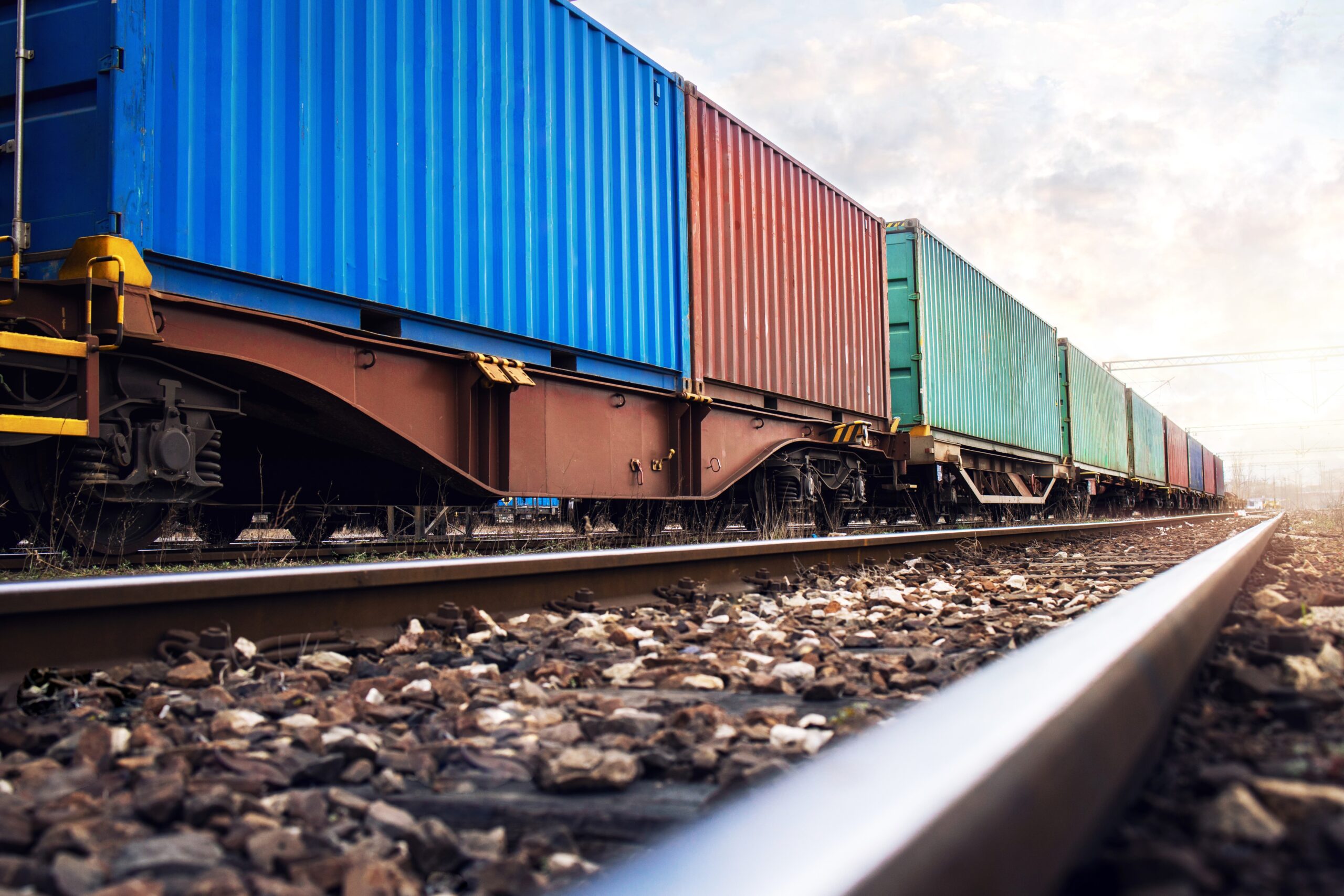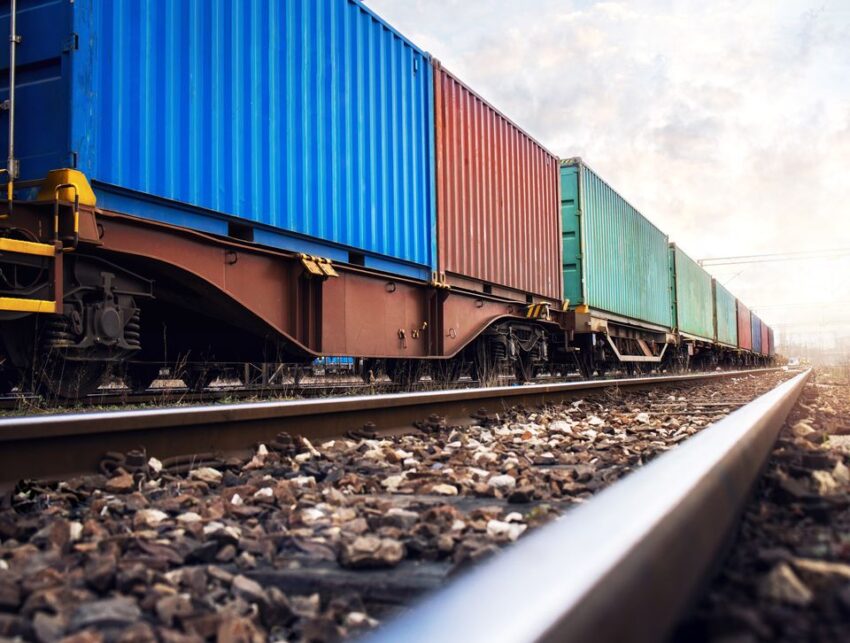The rail freight shipping industry is all set to play a major role in the international supply chain over the next couple of years. Shipping by railway is a much more reliable form of moving cargo since in this case, the transit of goods is in no way affected by weather conditions like rain, storm, or fog. Additionally, rail freight is way more punctual than trucking and its punctuality can only be surpassed by air shipments. In recent years, we have seen massive investments on part of the authorities on rail tracks, rail infrastructure, routing, and terminals. In a time when the container shipping sector is fraught with uncertainty and the prices of air freight are skyrocketing, the affordability and reliability of trains are greatly increasing the popularity of moving freight via railways.

Keep reading today’s post to find out about the key market trends of the international rail freight shipping sector.
An overview of the rail freight transportation market
According to a report by Mordor Intelligence, the value of the global rail freight market reached $247.39 billion back in 2020. This figure is expected to register a CAGR of 2% in the next five years. In several parts of the world, the pandemic prompted a massive rise in the use of rail freight. Moreover, the container shortage coupled with the space shortage in the air freight sector prompted the shipping companies to start using railway networks for moving their cargo. In addition, countries around the world especially India and China, are developing rail freight corridors and heavily investing in technological and infrastructural development of this sector.
Shipping companies are now trying to connect several modes of transportation to the railway network which in turn is boosting the intermodal transportation sector. Increasing volume of shipment, digitization, and development of infrastructure are just a few drivers of the market growth of this sector. Another reason behind the increasing popularity of rail freight is its affordability and efficiency. They allow shippers to deliver a great volume of cargo over longer distances. Moreover, in a time when the road freight sector is having to contend with so many challenges, forwarders have started making the most of the domestic and international railway networks.
Countries taking the lead in the rail freight sector
At the moment, North America is taking the lead in the rail freight market. However, within 2-3 years, the countries in the Asia Pacific are going to overtake North America. The types of cargo that are most commonly moved by rail freight include intermodal shipments, non-containerized shipments and liquid bulk cargo.
Additionally, the ongoing international trade deals are also boosting the volume of cross-border trade. In the field of international movement of cargo by rail, the China-Europe freight train is playing a significant role. For example, rail freight is enhancing the trade flow in countries in Central Asia, East Europe, and Sub Saharan Africa. In other words, the China-Europe rail freight network has provided unique opportunities making the transportation and logistics industry in China and Europe more agile. Apart from facilitating trade with the countries in Western Europe, the China Europe freight train has allowed for smoother trade links between China and countries in Northern Europe.
Apart from China, another country that is making substantial investments in this regard is India. India has the third largest railway network in the globe with over 9,000 freight trains running everyday. The industrial development in India has had a positive impact on the logistics sector in the country and rail freight has come up as one of the major beneficiaries of government funding. Moreover, the Indian government’s focus on the rail logistics project is also incentivizing more private sector investment in this industry.
A highly competitive market
Rail freight is a consolidated sector where we have both international as well as regional players. Despite the rising popularity of this mode of transport, the railway is facing stiff competition from both air, road, and sea freight sectors. Countries across the continents are trying to boost the infrastructure of the rail network and in many countries, the government and the private sector are joining hands.
Nevertheless, rail freight comes with several benefits that have become all the more apparent since the unpredictability of shipping operations during the pandemic. On the one hand, it is a cheaper mode of transport than air freight and on the other hand, it takes much less time than the ocean freight. For example, the transport time of cargo with the China-Europe train is just one-third of ocean freight while the expenses are just one-sixth of air freight.
Lastly, it has yet another advantage over the other modes of freight transport- viz. sustainability. Speaking from the ecological perspective, moving cargoes by train is way more environment-friendly than sea, road, or air shipments and for this reason, shipping companies are tapping into the benefits of this mode of transport. For example, the international goods train from China to North Europe emits around 5 tons of CO2 in comparison to air freight which emits a whopping 139 tons. Customers these days make their purchasing decisions on the basis of environmental concerns and the reduction of carbon emissions by choosing rail freight is also having a positive impact on the CSR profile of the logistics companies, helping to portray their business as ethical and responsible.


